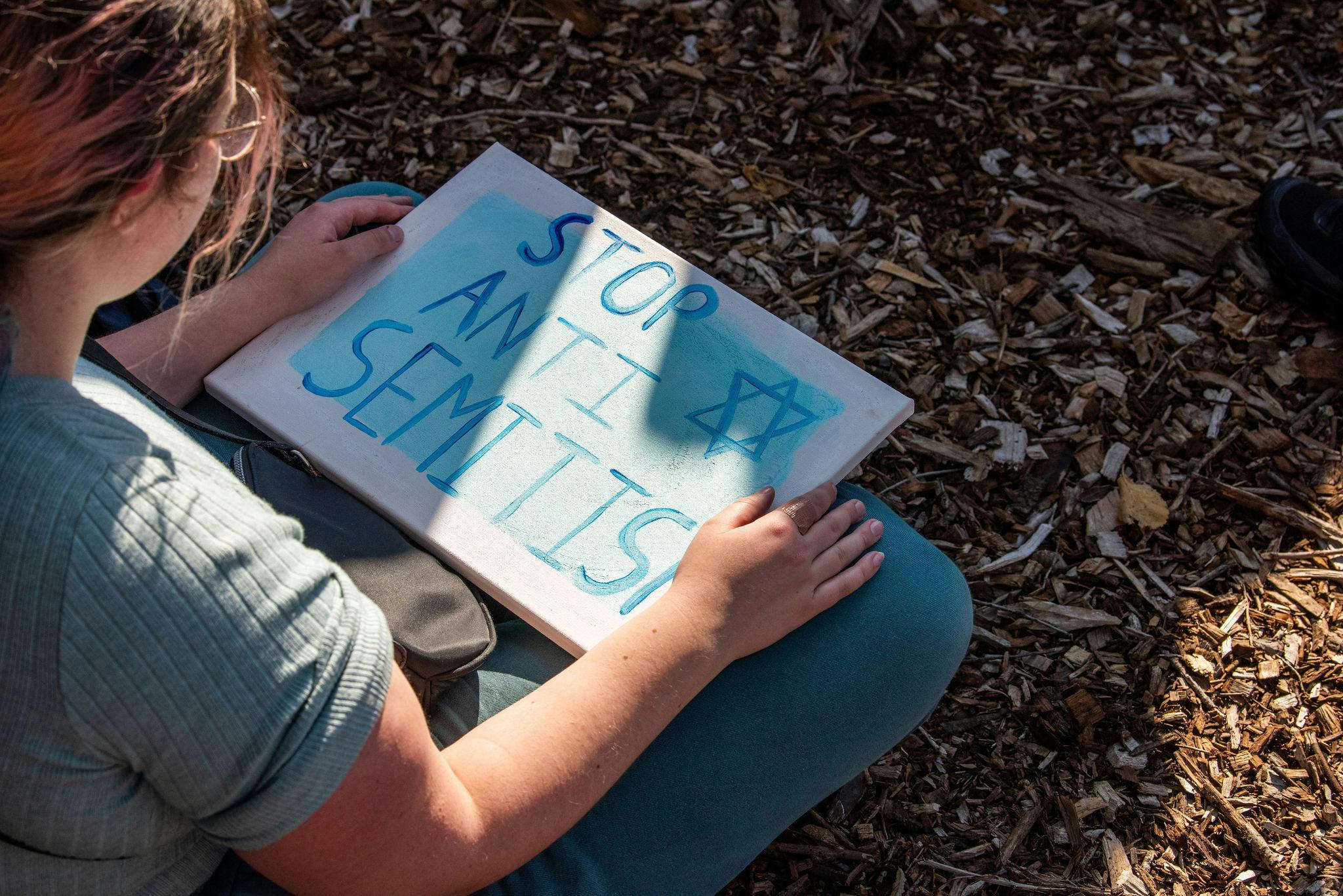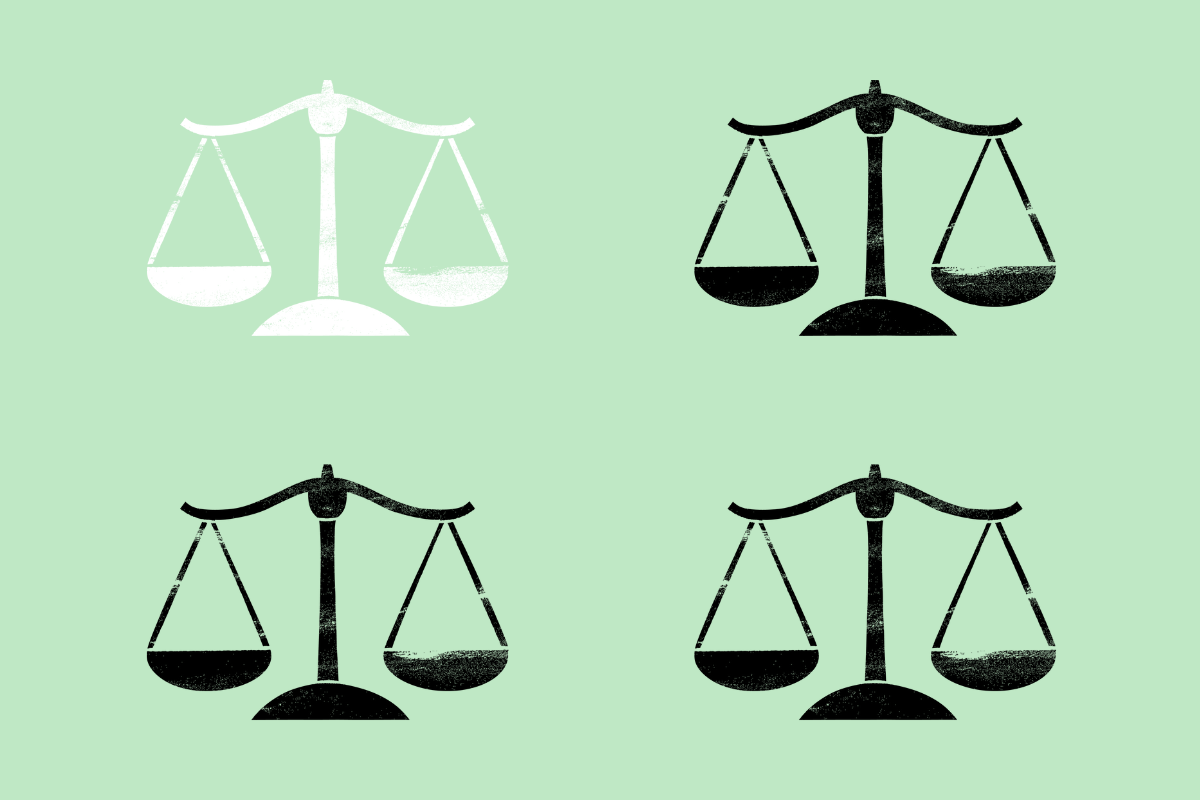Published: 8 August 2023
Last updated: 5 March 2024
JANA VYTRHLIK reflects on her breakthrough in the mystery surrounding the missing portrait of Esther Abrahams and shares another bizarre case from Sydney’s Jewish past.
It has been widely accepted that Jews’ presence in Australia began with about a dozen of petty criminals punished with years of transportation “beyond the seas”. The tale of Esther Abrahams, a young woman from London, sentenced in 1786 and who later became the “first lady” in the early colony, has been told many times.
Much later, in the 1820s, as a respectable Mrs Esther Johnston, she sat for a portrait frequently attributed to one of the colony’s finest artists. Over the past two decades, the painting has become an iconic image of the Jewish past in Australia, yet its whereabouts came to light only recently.
The portrait first appeared in public in 1974, when it illustrated the groundbreaking Jewish history book Australian Genesis: Jewish Convicts and Settlers 1788-1850. A black and white photo of the portrait was then made available by a descendant of the Johnston family. Afterwards, traces of the original painting began to dwindle, with its last public viewing recorded in 1985 when it was listed as Lot 7 for sale at an art auction in Sydney. Presumably purchased by a private collector, the original portrait then disappeared from public sight for many years.
Enter the new century and its fixation with things visual and the image of Esther Abrahams has quickly become the virtual face of Australia's Jewish past. Copied, cropped and flipped to wrong side, re-colourised, and copied again, the image has illustrated novels, articles, blogs and stories. Alas, each time Esther’s features are more and more washed out and fine details lost. Where was the original all this time?
Enter the late Trevor Kennedy (1942-2021), a prominent Australian media and business figure and avid collector of colonial Australiana, whose large collection was donated to the National Museum of Australia in Canberra in 2020.
His collection contains the Johnston family portraits, among them the long-lost portrait of Esther Johnston, née Abrahams, which is illustrated here. While it is unclear whether Kennedy purchased the portrait in 1985 or acquired it later from another collector, the important thing is that after decades in obscurity, the portrait has been rediscovered and is now listed by the museum among its highlights.
Although it was on display at the museum until late 2021, the portrait has since been returned to storage. But Esther Abrahams’ face will one day return to the public view in true colours and framed in fine silk lace.

Meanwhile, on the far side of old Sydney town, another Jewish enigma awaits its solution. It is the mystery of the Star of David in the oldest Lutheran Church in Sydney. Hidden between tall city buildings in busy Goulburn Street stands one of the smallest surviving churches in Sydney. It was built in 1883 for the growing German Lutheran community and it may be guarding a century-old story linked to the early Jewish community.
Carved cedar furniture there looks familiar to those who visit old synagogues around Australia, but it is the six-point star that catches the eye, in particular so prominent on panels of the richly carved pulpit. The Star of David has not always been associated exclusively with Judaism, yet its dominant presence in a church raises curiosity and many questions, involving rabbis, ministers, historians and scholars.

It may be of interest that Jews of Prague were the first to use the Star of David as their emblem in the early 17th century. Eventually, Jews around the world embraced the star as a symbol of Jewish identity, and it can still be seen as an ornament in stained-glass windows in some churches.
On closer inspection, some of the Sydney church furniture pieces show tiny leftovers of black paint hidden in the carving. Recently, it has been revealed that it was common practice in Australia to paint the ever-present cedar furniture with black paint, in other words to ebonise it and make it look trendier and more fashionable to Victorian taste.
More investigation is also needed to understand why an essentially church-designed pulpit, and not a bimah would equip the York Street Synagogue in 1844.
Interestingly, at the same time, similar occurrence of black paint was confirmed in the case of the cedar ark which was originally crafted for the first place of Jewish worship built in Australia, later known as the York Street Synagogue, in the 1840s. Did some of the church furniture then originate from the colony’s first synagogue?
The York Street Synagogue was in use until 1878, when the building was sold, and the congregation moved to the newly built and much larger Great Synagogue in Elizabeth Street, opposite Hyde Park. A search through auction advertisements in the Sydney Morning Herald, in October-November 1877, confirmed that Cohen and Co., and later W. Pritchard Auctioneers, were instructed to sell the “fittings of the Jewish Synagogue, York Street, consisting of ... gallery, cedar forms, cedar panelling, cedar seats, very elegantly carved pulpit ...”
As for now, more research needs to follow to establish a clearer timeline of the events. The synagogue furnishing was sold in late 1877 and its premises had to be vacated for the new owner. The Martin Luther Church was consecrated in September 1883. Where – in the middle of the growing and busy city of Sydney - would the furniture be safely and economically stored for almost six years?
More investigation is also needed to understand why an essentially church-designed pulpit, and not a bimah, a reading desk, would equip the York Street Synagogue in 1844.
Photo: Esther Johnston, née Abrahams, about 1820s, artist unknown, oil on canvas (Collection of Trevor Kennedy, National Museum of Australia.)




